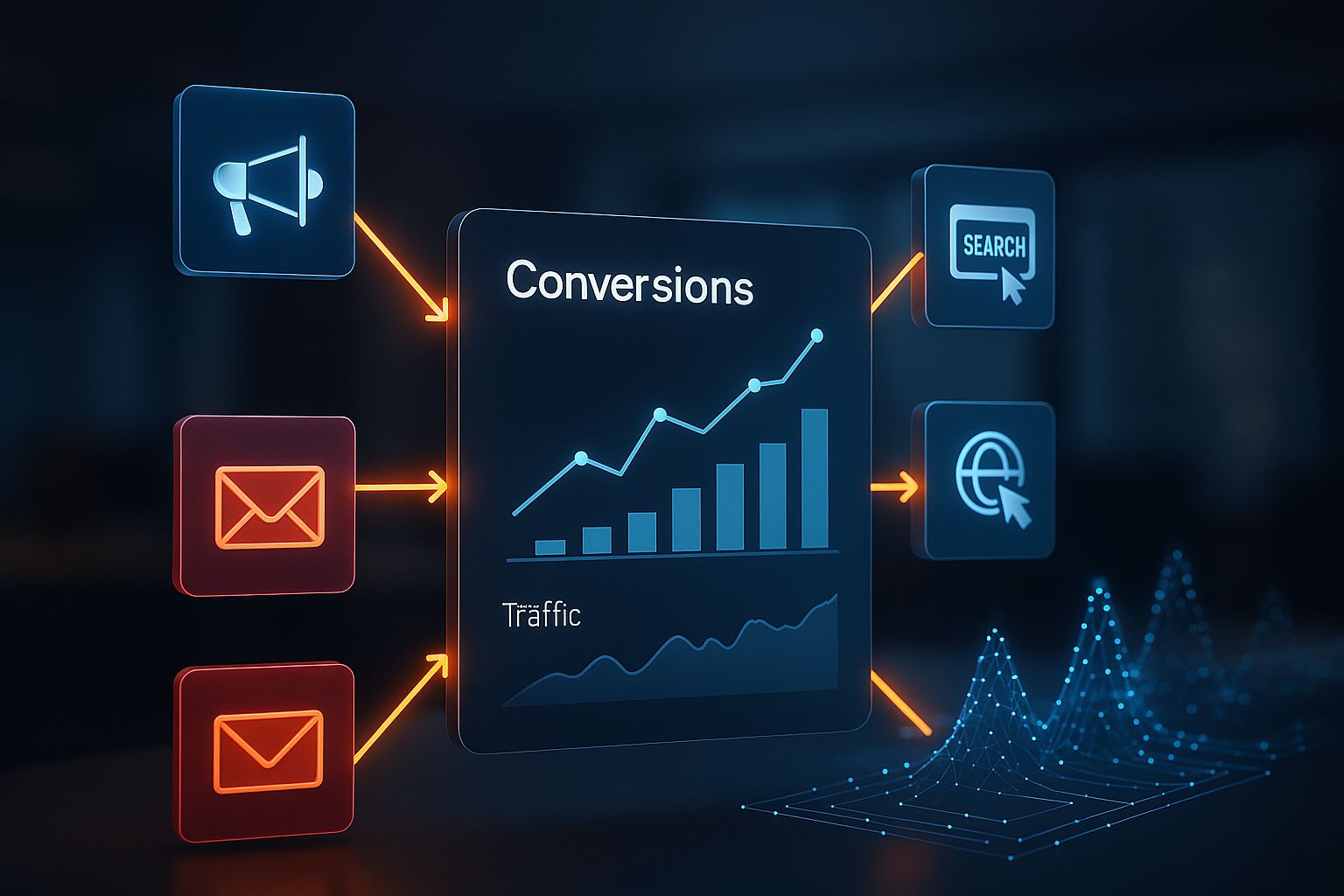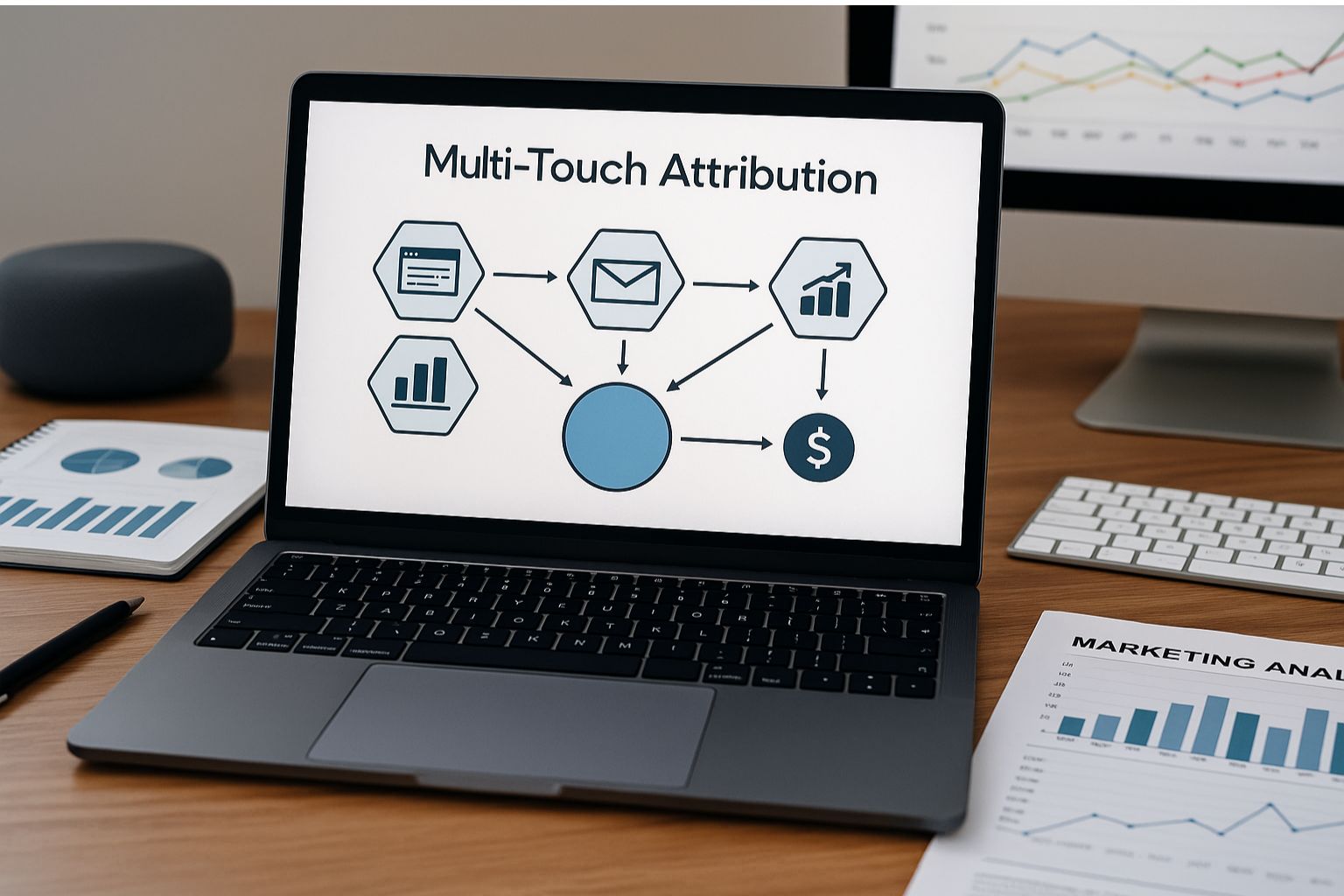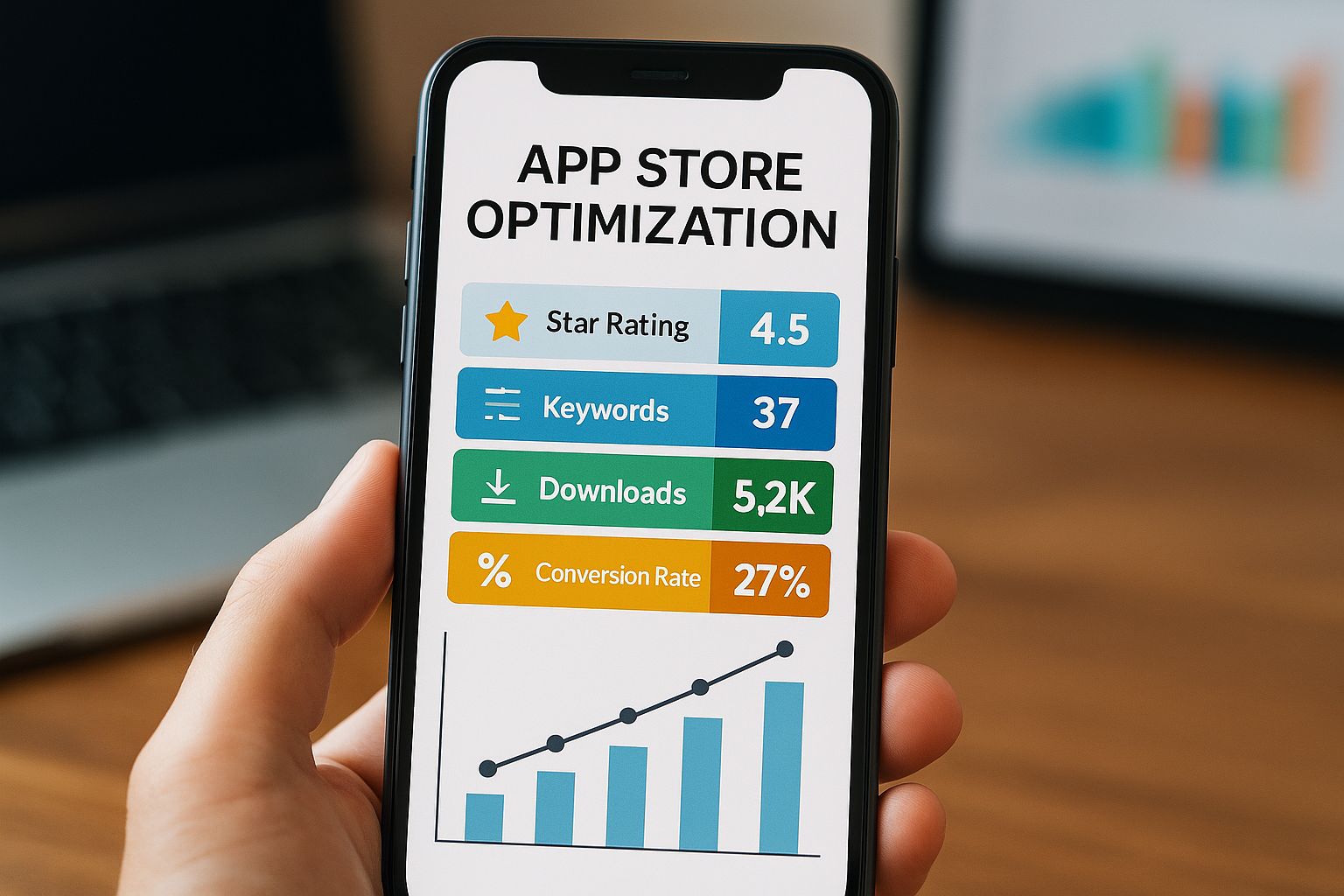
Marketers are drowning in data, and yet, they still can’t answer the simplest question:
“Which channel actually drove this sale?”
GA4 gave more visibility. Multi-touch attribution helped connect the dots.
But with fragmented customer journeys, stricter privacy rules, and missing data, even the best models fall short.
That’s where AI-enhanced attribution comes in.
By combining machine learning, predictive analytics, and natural language processing, brands are uncovering what their dashboards can’t, the real drivers behind every conversion.
It’s not about replacing attribution models. It’s about making them smarter.
From Multi-Touch to Machine Learning Attribution
Traditional multi-touch attribution (MTA) relies on fixed formulas, like “40% first click, 40% last click.”
But customer behavior rarely fits neat percentages.
AI-enhanced attribution uses machine learning to learn from actual user journeys and dynamically adjust how credit is assigned.
Example:
If your audience clicks a TikTok ad, visits your site, sees an email, and converts via Google Search, AI models can identify which steps actually influenced the outcome based on historical conversion patterns.
The difference? You stop guessing where value comes from, and start knowing.
If you’re still building your foundation, start with our Multi-Touch Attribution Guide.
How AI-Enhanced Attribution Works
AI attribution systems don’t follow static logic; they learn.
Here’s how they process your marketing data:
- Collect event-level data from GA4, ad platforms, and CRM systems.
- Model behavior patterns – the algorithm identifies combinations of touchpoints that most often lead to conversions.
- Predict impact – the system gives higher credit to touchpoints that statistically influence outcomes.
- Continuously retrain – as user behavior changes, so do the weightings.
This turns attribution into a living system, constantly evolving as your campaigns and audience evolve.
Why U.S. Marketers Are Shifting to AI Attribution
| Benefit | Impact on Marketers |
| More accuracy | Detects hidden assist channels and adjusts credit dynamically. |
| Less bias | Removes assumptions of “last-click” or “position-based” models. |
| Adaptable | Learn as your audience and media mix evolve. |
| Privacy-safe | Uses modeled data without needing user-level cookies. |
| Predictive | Forecasts which channels will drive the next conversions. |
AI doesn’t just tell you what worked, it predicts what will work next.
Real-World Impact: From Guesswork to Predictive ROI
A DTC brand running Meta, Google, and influencer campaigns found that their ad manager data didn’t match actual revenue.
After implementing AI-enhanced attribution, they discovered:
- Meta ads assisted 40% more conversions than last-click data showed.
- Email flows drove a 22% higher LTV when combined with paid campaigns.
- Reallocating 15% of spend boosted blended ROAS by 27% in 30 days.
That’s the power of AI: it doesn’t replace analytics, it refines it.
How to Get Started With AI Attribution
Step 1: Clean your tracking.
Ensure GA4, GTM, and UTM governance are consistent. Bad data ruins AI outcomes.
Step 2: Export your GA4 data.
Use BigQuery or a CDP (like Segment or RudderStack) to centralize event-level data.
Step 3: Layer AI modeling.
Use predictive modeling platforms or connect with a partner like Y77 to deploy machine learning pipelines.
Step 4: Validate and scale.
Compare AI attribution outputs to actual revenue and adjust your models based on true business outcomes.
AI Attribution vs. Traditional Models
| Traditional Attribution | AI-Enhanced Attribution | |
| Credit Assignment | Fixed rules (linear, U-shaped) | Learned dynamically by data models |
| Adaptability | Manual | Automated, self-learning |
| Data Dependence | Relies on complete tracking | Handles gaps through predictive modeling |
| Speed | Periodic | Real-time or near real-time |
| Outcome | Descriptive (“what happened”) | Predictive (“what’s next”) |
The future of attribution isn’t manual reporting, it’s intelligent modelling.
The Next Step: Attribution Meets AI Insights
Large language models (LLMs) are beginning to make attribution insights more actionable.
They can translate complex multi-touch data into natural-language insights like:
“Meta assisted 35% of conversions driven by branded search. Increasing Meta awareness by 10% could lift total ROAS by 8%.”That’s attribution transformed from reporting to recommendation.
Attribution has always been about connecting spend to outcomes.
Now, with AI, marketers can go beyond accuracy, and reach intelligence.
When machine learning refines your attribution models, every channel’s value becomes visible, measurable, and optimizable.
At Y77, we help U.S. brands combine data-driven tracking, AI modeling, and privacy-first infrastructure to unlock the full picture of ROI.


